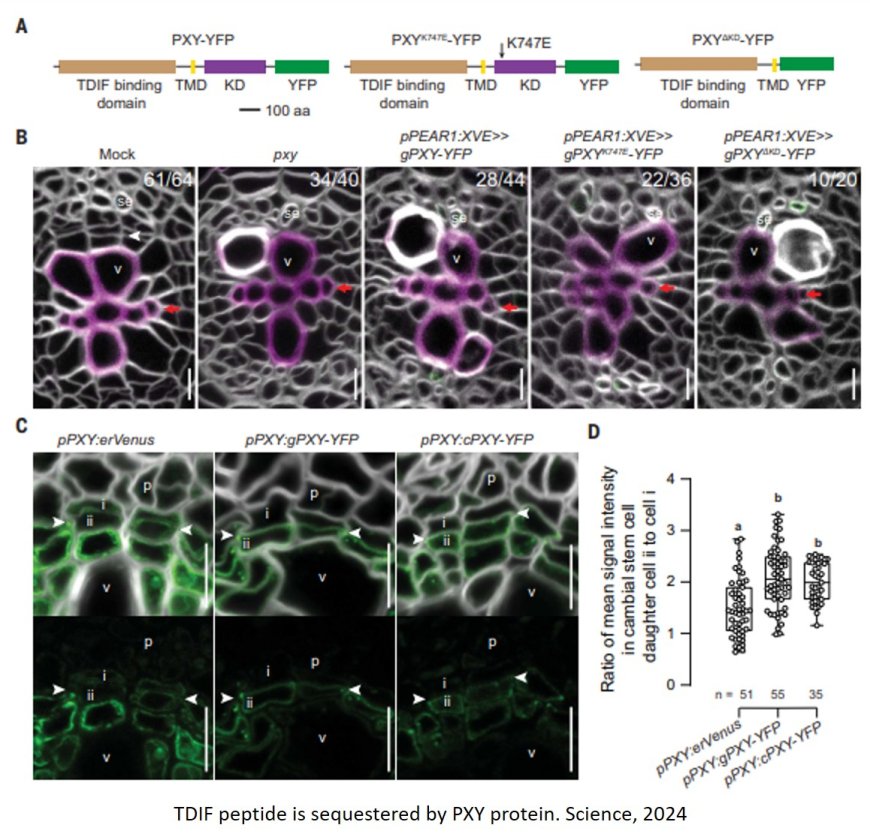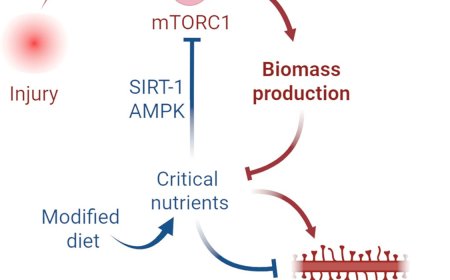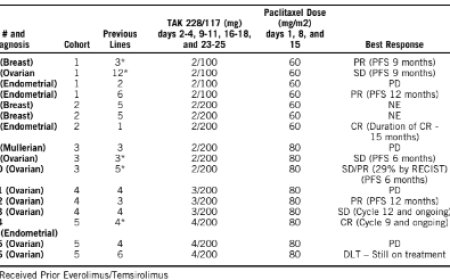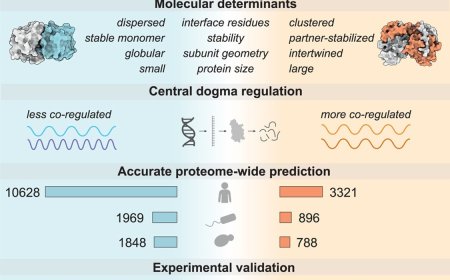How plants grow thicker?

Most research on plant stem cells focuses on the tips of roots and shoots, where growth occurs in height. But the author explains that thickness growth is just as essential. “Plants can’t grow endlessly in height. They also need to grow in thickness, or they would simply fall over,” the author says. The growth in thickness, is what makes older trees visibly thicker and more robust over time. This growth is essential for structural strength, particularly in trees.
Stem cells in the plant’s cambium layer control this width growth, producing wood to support the plant’s structure. However, which genes enable these cambium stem cells to become active and how this is controlled remained unclear—until now.
The team developed a computer model that played a central role in this international study. The computer model provided fundamental insights, supporting lab results from the other team members as well as providing important predictions.
The model explores how specific genes “switch on” cambium stem cells as the plant develops, allowing for wood formation. While genes for height growth have been studied before, this is the first model to examine genes that control thickness growth and what determines where these genes are switched on.
From the model’s output, the team found that thickness growth is controlled by overlapping gradients of specific chemical signals within the cambium layer. These gradients intersect to form a precise zone where stem cells are “switched on,” guiding them to produce wood tissue. This interaction ensures that wood formation occurs steadily throughout the plant’s life, providing the structural strength and stability needed to support height growth.
The computer model revolves around the small plant Arabidopsis, a species studied extensively by biologists worldwide to gain knowledge about plant growth in general. The model shows how cambium stem cells are activated and maintained, enabling continuous growth in thickness throughout a plant’s life.
Understanding thickness growth isn’t just a scientific milestone; it could lead to real-world applications in forestry and climate action. A deeper learning about plant growth is especially relevant for forestry, particularly in Finland, where forests play a major role in the economy, says the author.
“If you fully understand plant growth, and develop a tree that grows twice as fast in thickness, it’s a great benefit for more sustainable timber industry,” says the author. “It’s also advantageous for climate efforts, as faster-growing trees can store more CO₂. Perhaps, it could even help researchers tune thickness growth in crops for better agricultural yield.”




























